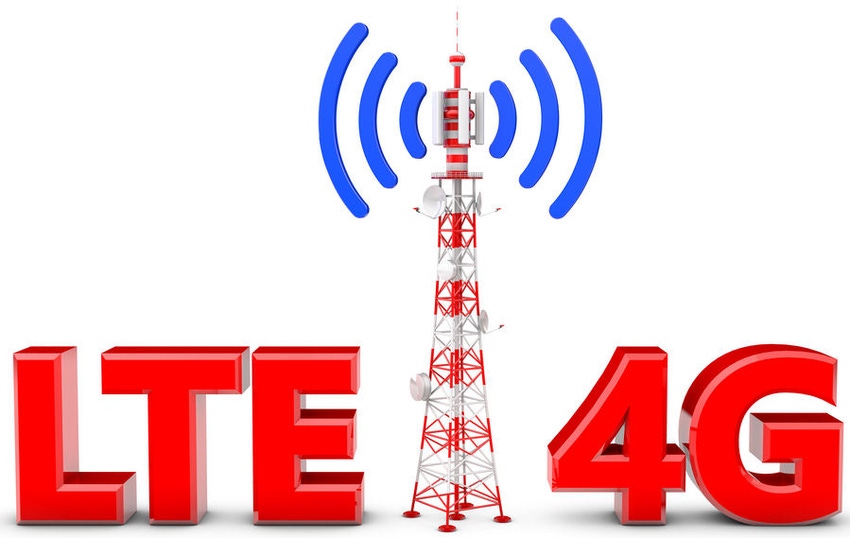The team from the LTE North America event, which takes place in Dallas on November 17-19, spoke to Tanya Sullivan, CEO, Rural Wireless Association prior to the event.
October 27, 2015

The team from the LTE North America event, which takes place in Dallas on November 17-19, spoke to Tanya Sullivan, CEO, Rural Wireless Association prior to the event.
 What are the key challenges faced by rural carriers today in the roll-out and upgrade of LTE networks?
What are the key challenges faced by rural carriers today in the roll-out and upgrade of LTE networks?
The key challenge in expanding and sustaining LTE services in rural areas is cost. Sufficient and reliable Universal Service support is critical to deploying and maintaining networks in high-cost areas. America’s ever-increasing demand for data and constant technological innovations means that network upgrades are an ongoing reality of the wireless business. Rural connectivity (and predictable support for rural communities) is not a luxury – it’s a necessity. America’s rural communities produce a significant portion of the nation’s food and energy supply.
Also, small and rural wireless carriers lack the economies of scale and market power enjoyed by the large carriers. This means procuring the “latest and greatest” wireless devices for rural consumers remains an issue.
How will LTE networks continue to evolve, and what services can we expect to see being rolled-out by rural carriers?
Rural carriers are continuing to upgrade to 4G LTE, and incorporating small cells into their networks to address subscribers’ growing demand for data. We see rural wireless carriers providing high-speed broadband and voice services in innovative ways, using a combination of familiar and new technology and both fixed and mobile wireless solutions to provide the best possible service to their subscribers. Looking ahead, those rural wireless providers that deployed 4G LTE early on are likely to be exploring or perhaps even engaged in the initial stages of 5G network upgrades.
What is your impression of the competitive landscape for cellular service in rural areas and communities?
RWA does not share the same view as the nationwide carriers that the overall wireless industry is highly competitive.
Is there competition in rural areas? It depends. There are many rural areas where there are only one or two providers. There are other areas where there may never be more than one or two providers. But, we do know this – the wireless carriers that serve rural areas are extremely dedicated to their subscribers.
Looking ahead to 2016, what do you think will be the main topics of discussion within the rural wireless industry?
The Incentive Auction will be a hot topic in 2016 as carriers prepare for the auction during the first quarter and the bidding starts in the second quarter. For the first time ever, the FCC is making a 15% Rural Service Provider Bidding Credit available to eligible bidders. This is a big deal for rural wireless providers. We hope it will translate into a successful Incentive Auction for rural carriers and, ultimately, improved wireless broadband services for rural consumers. RWA’s successful advocacy for a bidding credit cap in less populous markets should help to level the playing field among all credit-eligible entities.
Securing affordable data roaming rates will continue to be another point of discussion. With only a few exceptions, RWA carrier members provide commercial wireless services within the borders of a single state, and often times, in just a handful of rural counties. While the country’s four nationwide carriers use domestic roaming to augment relative holes in their coast-to-coast networks, RWA members rely on roaming with the Big Four (AT&T, Sprint, T-Mobile and Verizon) to actually provide “nationwide coverage,” which itself is a pre-requisite to remaining competitive in the retail marketplace.
Also, discussions about mobility-specific Universal Service support must be prioritized at the FCC. As previously mentioned, deploying and maintaining wireless networks is capital intensive and few areas in rural America can sustain these ongoing costs with revenue from subscribers alone. RWA looks forward to working with the FCC to come up with a solution that will provide the predictable support necessary for wireless carriers to invest in their networks.
What will be the RWA’s message at LTE North America in Dallas, this November?
RWA’s mission is to promote wireless opportunities for rural wireless companies with fewer than 100,000 subscribers through advocacy and education. We look to provide opportunities where our members can find solutions to their business issues, meet partners with whom they can collaborate on new projects and find economies of scale that can help them meet their bottom line. The LTE North Americas conference and the track designed to bring regional and rural carriers together to discuss challenges, opportunities and solutions specific to LTE directly aligns with RWA’s mission.
Read more about:
DiscussionAbout the Author(s)
You May Also Like








.png?width=300&auto=webp&quality=80&disable=upscale)


_1.jpg?width=300&auto=webp&quality=80&disable=upscale)


.png?width=800&auto=webp&quality=80&disable=upscale)